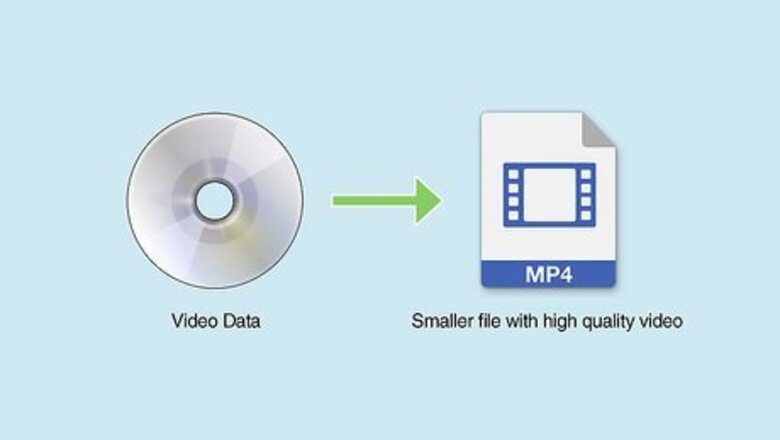
views
- Both MP4 and MOV are video containers that contain compressed (lossy) video data.
- MP4 is the international standard that is used for most applications and platforms. It also has the largest file compression producing smaller video files.
- MOV is developed by Apple for use with QuickTime. It has larger but better-quality files that are best used for video editing.
What is an MP4?

MP4 is the most commonly used video container format. MP4 (short for MPEG-4) was developed by was created by the Moving Picture Experts Group (MPEG) in the early 2000s. It has since become the international standard used for most video applications and platforms. MP4 is a lossy video format, meaning that the video data in the file is compressed in order to save space. This allows for a smaller video file that stills retains high-quality video and audio.
What is a MOV?
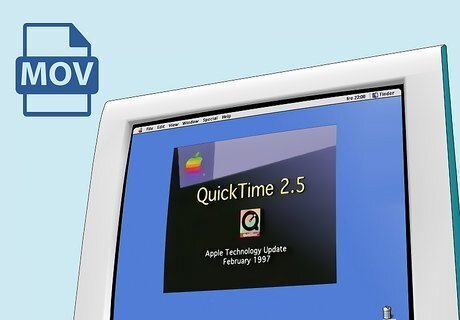
MOV is a commonly used video container format developed by Apple. MOV files were developed for use with Apple's QuickTime Player in the 1990s. Even though the file format was developed for use with Apple products, many other platforms and applications also support MOV files as well. Like MP4, MOV files are also lossy files containing compressed video data. In fact, MOV files use the same codec and compression techniques as MP4. However, MOV files tend to be larger than MP4 files, but also better quality.
Differences Between MP4 and MOV
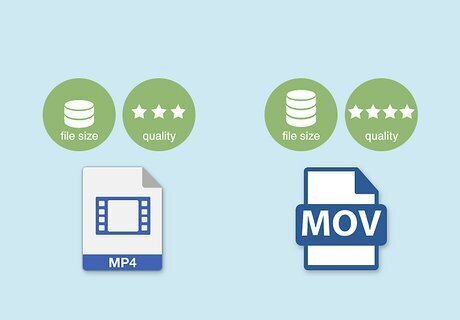
The biggest difference between the two files is the file size. Both MP4 and MOV are compressed video formats, however, MP4 files tend to have more compression. This means that MP4 files tend to take up less space on a hard drive than MOV files. Even though MOV files tend to be larger, they also tend to be better quality.
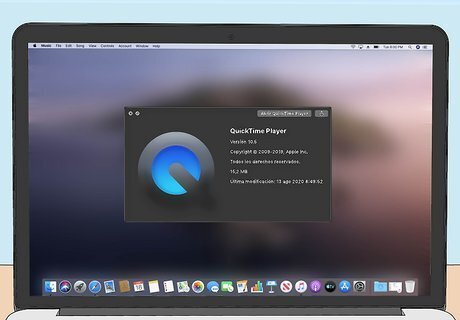
MOV files were developed by Apple. MP4 files were developed by the Moving Picture Experts Group to be an international standard to be used across multiple applications, platforms, and operating systems. MOV was developed by Apple for use with QuickTime Player. Therefore, MOV files tend to be used more on Apple devices. Even though MOV was developed for use with Apple devices, many other platforms, including Windows computers also have added support for MOV files.
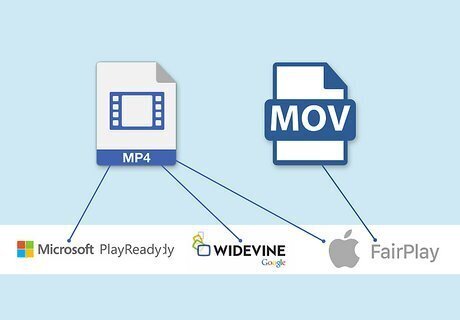
Both MP4 and MOV support different DRM technologies. Digital rights management (DRM) is a huge issue with developers and distributers. MP4 supports a large range of DRM technologies, including Apple FairPlay, Microsoft PlayReady, and Google Widevine. Since MOV is developed by Apple, it really only supports Apple FairPlay, which limits the devices it is compatible with.
Uses of MP4 and MOV
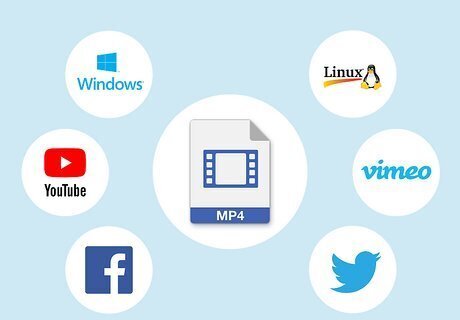
MP4 is a standard format for most applications and platforms. Since MP4 is the international standard, it is the most commonly used format for most applications. It is widely used on Windows and Linux computers and it is the preferred file format for streaming platforms like YouTube, and Vimeo. MP4 is also the preferred format for social media platforms like Facebook, TikTok, and Twitter. Since MP4 files tend to be smaller, they are much more ideal for live streaming than MOV files. Do you have an MOV file that you would rather play as an MP4? There are many ways you can convert a MOV file to an MP4.

MOV files are better used for video editing and Apple products. Since MOV files are larger, but better quality, they are commonly used in video editing. They are not as useful for live streaming or uploading to YouTube or social media. Since MOV was developed by Apple, it is most commonly used on Apple products like Mac, and iPhone. MOV files can run natively in Apple's QuickTime Player. While they can run on Windows or Linux, they often require you to download and install additional plug-ins or codecs.
Codecs and Containers
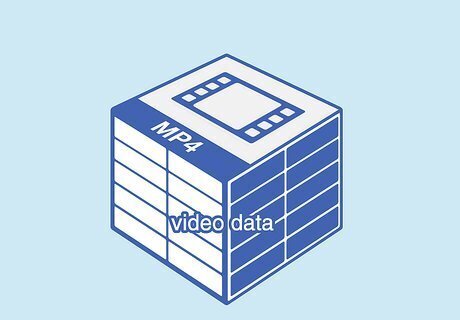
A container is what houses the video data and gives the file its format. A container is similar to a book cover or a binder full of pages. It houses and organizes the data within the file. The container is what tells the computer what type of file it is. Without the container, the computer wouldn't know if the file is a movie file, or audio, or text file. The container is what gives the file its file extension (".mp4" for MP4, and ".mov" or ".qt" for MOV files).
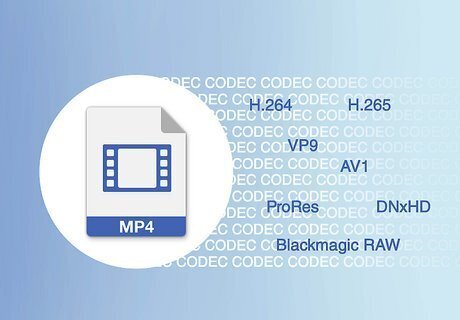
A codec is how the data within a video file is coded and organized. If a container is like a book cover, the codec is like the language the book is written in. It determines how the file is read by the computer. The codec also determines how the data in the video file is compressed. The following are some common video codecs: H.264: This is the most commonly used codec. It is used in HD video and is the preferred codec for YouTube and other streaming sites. H.265: H.265 (or "HEVC" for High Efficiency Video Coding) is the newest codec developed to replace H.264, though it is not widely used just yet. It is a licensed codec that you have to pay to use. It is often used in 4K videos because it is capable of compressing a large amount of data while retaining a high level of quality. VP9: VP9 is developed by Google to compete with H.265. It is also capable of compressing a large amount of data while still retaining quality. Unlike H.265, VP9 is open-source and free for anyone to use. However, it doesn't produce files that are as good quality as H.265. AV1: AV1 is another open-source high-efficiency codec. It's kind of in the experimental stages right now, but eventually, it may succeed VP9. ProRes: ProRes is developed by Apple and is widely used in the film industry. It allows you to adjust the level of compression when exporting videos from your video editing software. It is compatible with both Mac and Windows PC. DNxHD: DNxHD is developed for use with Avid editing programs, but it is gaining popularity and support for other programs too. Blackmagic RAW: Blackmagic RAW is developed for use with the Blackmagic Cinema Cameras. It is an uncompressed video codec.
















Comments
0 comment